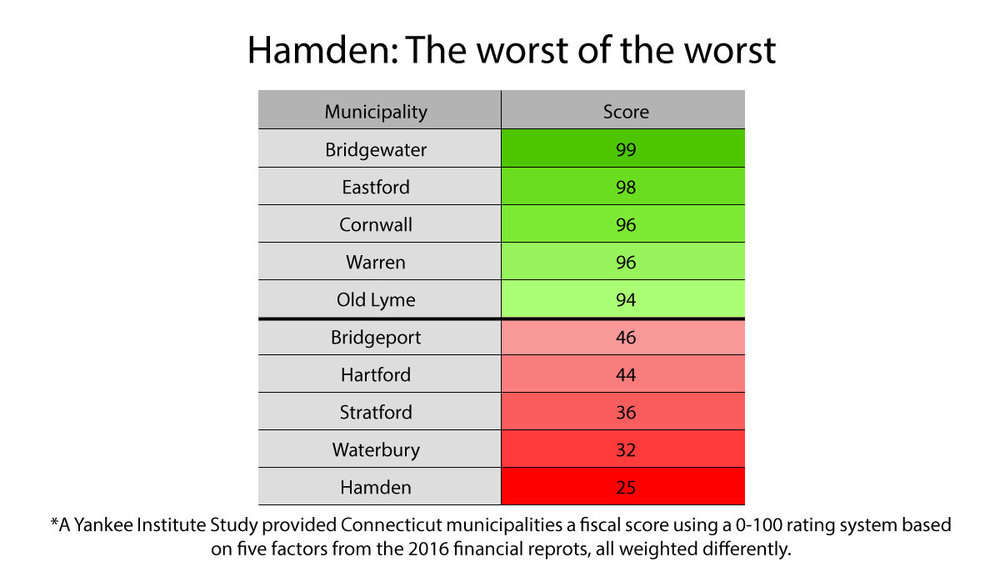By Shane Dennehy
From the outside, a college athlete’s life seems like it would be all glitz and glamour but their lifestyle can be stressful.
“Athletics and specifically college athletics has always been my escape for me,” Mason Johnson, a former member of the Quinnipiac University women’s rugby team said. “Rugby was a place to get away from the rest of life’s problems. Focusing on my goals gave me confidence and taught me how to deal with my stress in a healthy manner.”
Johnson realized his freshman year that he was transgender and during the preseason of his sophomore year he told his team. Although this created relief for him it also caused problems with his anxiety and depression. Johnson had to give up his last two years of rugby in order to become the person that he wanted to be.

“It’s heartbreaking to be put in a position of choosing between who we are and what we love doing,” Johnson said.
College athletes have to manage practices, games and class if they want to succeed but they also have to balance their mental health as well. Many athletes do not pay attention to this part of their college experience but other athletes are unable to avoid it.
The National Collegiate Athletic Association most recently conducted research in 2015 that found that college campuses were seeing an increase in the number of students that were experiencing mental health issues like anxiety and depression.
Past research done by psychologists showed the athletes were less likely to experience problems with mental health as compared to everyday people. More recent research, like research done by Matthew Bird who holds a doctoral degree in sports psychology, said that athletes are just as likely to experience mental health issues as people in the general population despite their outsider status relative to everyone else.
“It was originally thought that athletes were less likely to experience mental health issues when compared to the everyday person,” said Bird. “We are now starting to see that (athletes) are equally, if not more likely, to experience them.”
Although college students typically have to balance their social life and school work, college athletes are doing both of those along with having to perform at a high level which only adds to their stress.
“With student-athletes, they have all the additional worries of a college student,” said Bird. “Then they have to deal with their athletic commitments too.”
Part of being a college student is about finding out who you are as a person and what you want to do with the rest of your life. College students will often mess up in some capacity but everyday college students do not have to deal with the public consequences that come with messing up as college athletes do.
Imani McGee-Stafford, who played college basketball at the University of Texas and currently plays for the Atlanta Dream of the Women’s National Basketball Association, said she believes that college athletes are constantly in the spotlight.
“Being a student-athlete is hard because you are shaping the person you want to be but most (college students) do not have their failures broadcasted,” said McGee-Stafford in an interview.
Many everyday people do not feel comfortable talking about their struggles with mental health and college athletes are often the same. People impose this stigma around that often scares them from sharing their problems with the people around them.
“Stigma surrounding mental health issues and mental health help-seeking have been seen as a problem among athletes for a long time,” said Bird. “However, I think that as more athletes talk about their issues this is starting to be reduced.”
According to a study conducted by the University of Michigan in 2014, only 10 percent of college athletes sought help from health services. In 2014 the NCAA released a study that said 69 percent of the male athletes surveyed knew where to go if they had mental health concerns, while 81 percent of female athletes knew where to go.
McGee-Stafford is one of those athletes is choosing to share their story about the role that mental health has played in their life.
“I’ve chosen to live an open life about my mental health,” McGee-Stafford said. “(If I did not share) nobody would know and I would be ok.”
McGee-Stafford is not alone. Kevin Love, a forward for the Cleveland Cavaliers of the National Basketball Association, detailed his struggles with mental illness in an August 2018 interview with ESPN. Another NBA player, DeMar DeRozan, likewise has recently disclosed his battle with depression and anxiety in an article by USA Today. Darius Miles a former NBA player recently shared his story about mental health in The Player’s Tribune.
McGee-Stafford parents got divorced when she was three years old and she ended up living with her Dad because her mother was playing basketball professionally. She said she was sexually assaulted by her stepbrother when she was 8 years old. The assault persisted for years afterward, she said. McGee-Stafford later found out that she was assaulted when she was just an infant which led her to attempt suicide when she was 10 years old. She attempted suicide on three different occasions by the time she turned 15.
McGee-Stafford eventually started playing basketball like her mother Pamela McGee, who is a WNBA Hall of Famer and a member of the United States 1984 Olympic Gold Medal winning team. McGee-Stafford’s stepbrother JaVale McGee currently plays for the Los Angeles Lakers.
McGee-Stafford’s inevitable success on the court led her to the University of Texas where she excelled on the court.
According to a study conducted by Bird, athletes are more likely to receive help for their mental health when referred to by a family member as compared to being referred by a teammate or a coach.
Johnson said she believes that the culture forged by a coach can encourage athletes to disclose mental illness, thus leading to treatment.
“I think it depends on the college, the coach and the individual players on the team,” Johnson said. “I was blessed to be a part of a team where I felt comfortable being vulnerable. I was able to talk to my teammates and coaches without fear of judgment.”
In the 2015 study released by the NCAA 73 percent of the athletes surveyed said that they feel that their coaches care about their player’s mental health. 40 percent of those athletes also said that they were satisfied with the help that they got from their team or college personnel.
The NCAA offers a number of programs for student-athletes to find resources to treat mental illness. Although the NCAA is getting better, athletes still believe that it could get better.
“I think colleges and the NCAA could always do more,” Johnson said. “There are a lot of athletes out there under immense pressure who could benefit from help.”
The NCAA does not offer a clear path to these resources, Johnson said.
“I was able to find therapists and do the things that I needed to to get help,” Johnson said. “But it wasn’t a clear-cut path. The process would have been a lot easier had there been clear steps to follow or if I knew which staff member to reach out to.”
Some athletes choose to be open and share their struggles with mental health openly while others choose to only talk to a few people but Johnson has advice for college athletes.
“My advice to college athletes is to voice your struggles,” Johnson. “Tell a teammate, a coach or a therapist. There are resources out there to help. Don’t struggle on your own because being a student-athlete is difficult enough already.”
People around the world continue to experience problems with their mental health every day and athletes are no different. College athletes are constantly balancing school, their sports and social lives as well as mental health. The NCAA is continuing to search for a way to better its help for its athletes. McGee-Stafford had simple advice for athletes who do struggle with mental illness.
“It’s okay to not be okay.”

